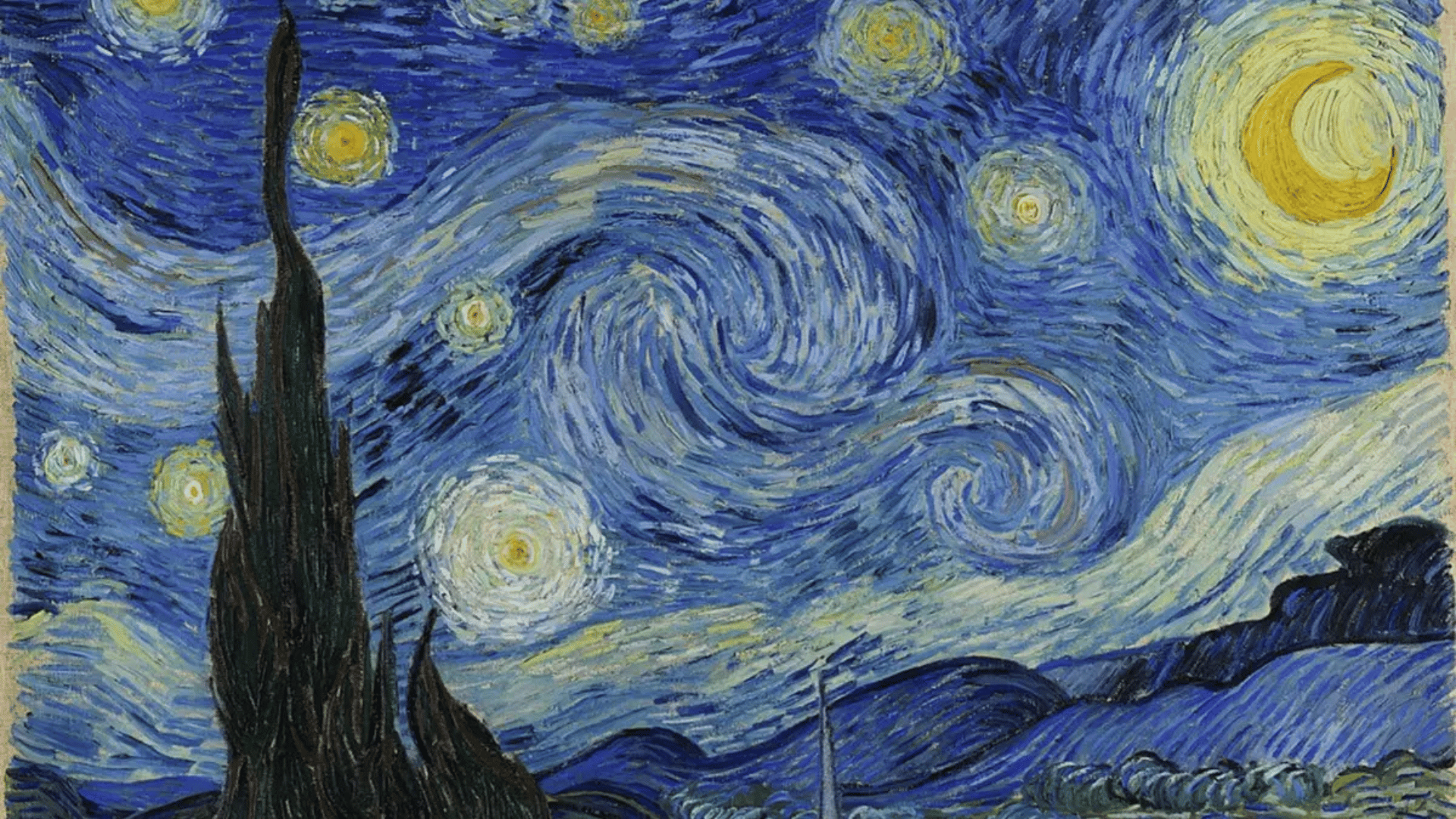There are many cases where physics has inspired art, but that inspiration goes the other way around in a new study that highlights a connection between Vincent van Gogh’s famous painting “The Starry Night” and quantum physics.
Physics Inspired by Art

Van Gogh’s The Starry Night painting was created in the 19th century using the “impasto technique,” which involves applying paint in thick, visible layers to create a textured effect. The visual brush strokes catch the light and create the impression that the stars are moving and shimmering, particularly in the swirling areas of the painting.
The new study focuses on the Kelvin–Helmholtz instability (KHI), an effect observed in the everyday world when two fluids slide past each other at different speeds. This effect can shape waves and whorls in clouds, rivers, or ocean surfaces.
“Our research began with a simple question. Can the Kelvin–Helmholtz instability happen in quantum fluids?” said Hiromitsu Takeuchi, lead study author and an associate professor at Osaka Metropolitan University.
Authors of the new study captured KHI in a quantum fluid for the first time. They also spotted crescent-shaped vortices, known as eccentric fractional skyrmions (EFSs), which resemble the glowing moon in Van Gogh’s The Starry Night.
“Skyrmions are usually symmetrical and centered, but EFSs have a crescent-like shape and contain embedded singularities, points where the usual spin structure breaks down, creating sharp distortions. To me, the large crescent moon in the upper right corner of ‘The Starry Night’ looks exactly like an EFS,” Takeuchi added.
Whereas, in ordinary fluids, KHI emerges when there’s a stark difference in speed between two flows, quantum fluids are different because they behave according to quantum mechanics rather than classical physics. This means they lack viscosity, and their properties are linked to quantum states that are difficult to control.
To overcome this challenge, the study authors cooled a gas of lithium atoms to a temperature barely above absolute zero. This forced it into a multi-component Bose–Einstein condensate, a phase where atoms operate like a single coherent quantum wave.
When they arranged the condensate into two overlapping components that moved past each other at varying speeds, rippling patterns formed between the flows. Instead of generating smooth waves, it created vortices with structures influenced by the system’s quantum nature.
According to Interesting Engineering, unlike the symmetrical skyrmions found in magnetic materials, EFSs were offset, crescent-shaped, and contained embedded singularities. Finding an entirely new variety of skyrmion in a quantum fluid could lead researchers to discover unexplored ways of creating and manipulating such structures.







